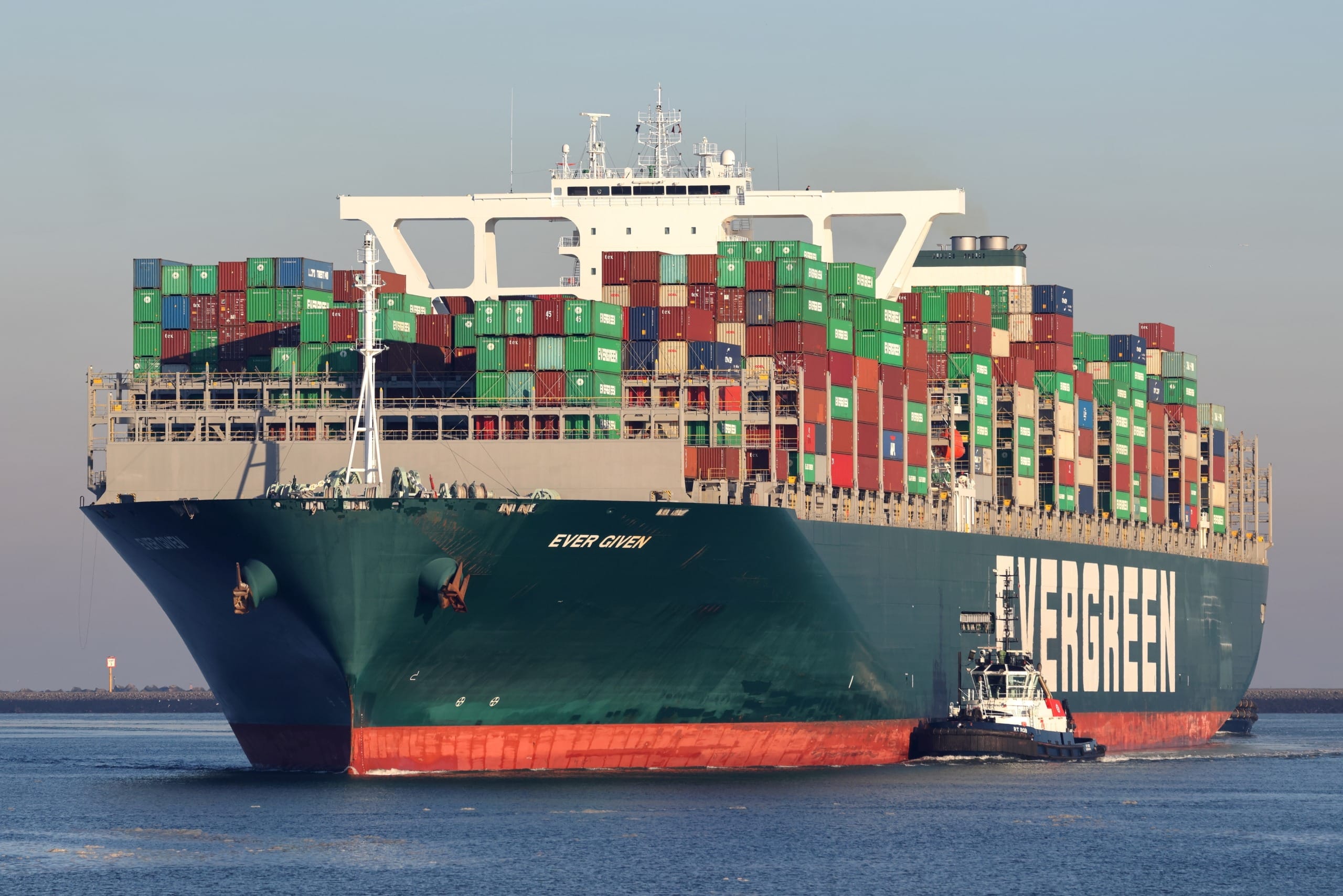The following is a recap of a January 21, 2009 panel discussion hosted by the Orlando Chapter of ACG (Association for Corporate Growth) on the ins and outs of doing business in China. David Alexander, president of BaySource Global www.baysourceglobal.com was one of the featured speakers along with Brian Su of Artisan Business Group and Jim Gaynor, CEO of Lightpath Technologies.
ACG Moderator: Discuss how this global recession has impacted doing business with and in China
Alexander: The Credit crisis affecting all industries. Volumes are down and many factories dependent on U.S. retail and consumer volume have closed. People are strongly revisiting “In-Sourcing” due to attrition in volumes. A local trade association predicts that by late January, Dongguan and its neighbors Shenzhen and Guangzhou will lose 9,000 of their 45,000 factories.“Many factories are looking at completely empty order books,” warned Stephen Green, head of China research at Standard Chartered, who believes the export sector may even shrink next year. Green believes China will see 7.9% growth in 2009 – well below the double digit figures of the past five years.“Government statistics show that 67,000 factories of various sizes were shuttered in China in the first half of the year,” said Cao Jianhai, an industrial economics researcher at the Chinese Academy of Social Sciences. By year’s end, he said, more than 100,000 plants will have closed. The wave of factory closings began in Guangdong province, where the nation’s economic reforms were launched three decades ago. The region accounts for about 30% of China’s exports, but over the last couple of years, Shenzhen, Dongguan and other cities in the area have sought to clean up the environment and create an economy based more on services and higher-value products. Makers of labor-intensive goods such as shoes, garments and furniture no longer felt welcome.”Stanley Lau, deputy chairman of the Federation of Hong Kong Industries, a trade group with 3,000 members, has estimated that as many as 15% of the 70,000 factories run by Hong Kong businesspeople in the mainland will close this year. He says many more are likely to shut after Chinese New Year in February, when millions of migrant laborers will return home for several days. “Once workers go home, they can close down the factory quietly,” he said in an interview in Hong Kong.
ACG Moderator: Given this recession, specifically, how has the outsourced manufacturing space been impacted?
Alexander: People have been forced to re-analyze bringing manufacturing back due to lower volumes. Less scale means reduced leverage with factories. Reduced demand = longer lead times with higher volume/less frequent orders. Carrying costs of capital increases; customer response times impacted. IKEA for instance has recently opened a plant in Virginia. In an April survey of nearly 1,000 companies by RSM McGladrey, the number planning to move offshore fell by 20% from a year earlier.
ACG Moderator: Further explore the costs of shipping/freight as they impact this model
Alexander: Increased energy costs toward the end of 08 meant freight as a % of COGS increased. There were fewer containers coming into port—first declines since 2006; down 1.5% from Nov 07. At $150 barrel 40’ container $8,000 vs. $3,000 a year ago or $100. At $200 it would be $15K. Through July 19, U.S. railroads had carried 5 million shipping containers, down 3.4% with the same period last year. Containers that slow to 23mph from 29MPH save 20% but this means freight lines have to add containers. However, freight increases alone not cause in wholesale trade pattern shift back to US mfg. The Economy is key driver. Higher fuel costs will also cause a shift in Lean inventory. May see proliferation in warehouses to be closer to customers. The Freight Transportation Services Index dropped 1.4 percent from October to November to 107.6, the lowest level since January, 2004. The index is down 4.9 percent from its historic peak of 113.1 reached in November, 2005, the Department of Transportation’s Bureau of Transportation Statistics reported.
ACG Moderator: Discuss the Chinese economy both how it’s being impacted by this economy internally and how externally the commodity markets are being impacted around the world.
Alexander: China’s exports fell in November for the first time in seven years and manufacturing activity shrank in December for a third straight month. Material costs will always fluctuate globally and are consistent around the world. With fuel and energy costs subsiding a bit and with material costs softening, Labor is still the key driver for the feasibility of offshore manufacturing.
Still it seems like the economy is chugging along normally though. In the city where one colleague lives there were more than 4000 cars newly registered in the first week of Jan alone. This is a city of 3M people and the roads are already crowded. We are not sure how many weeks like that one in Jan. we can survive and still keep cars moving along. Also, remember, the Chinese are good at saving money. The China economy is predicted to be as large as U.S. by 2030. All this said, this crisis has been a time of reckoning. Americans are buying fewer Chinese DVD players and microwave ovens. Trade is collapsing, and thousands of workers are losing their jobs. Chinese leaders are terrified of social unrest. Having allowed the renminbi to rise a little after 2005, the Chinese government is now under intense pressure domestically to reverse course and depreciate it. China’s fortunes remain tethered to those of the United States. And the reverse is equally true. The Treasury conducts nearly daily auctions of billions of dollars’ worth of government bonds. For the past five years, China has been one of the most prolific bidders. It holds $652 billion in Treasury debt, up from $459 billion a year ago. Add in its Fannie Mae bonds and other holdings, and analysts figure China owns $1 of every $10 of America’s public debt. The Treasury is conducting more auctions than ever to finance its $700 billion bailout of the banks. Still more will be needed to pay for the incoming Obama administration’s stimulus package. The United States, economists say, will depend on the Chinese to keep buying that debt, perpetuating the American spending habit.Many firms in the auto, luxury, travel & tourism and real estate industries have begun reporting a significant decline in spend. Where the greatest opportunity lies, is in the rural economy. It is the economy that has lagged far behind the others – It is the economy that has more than 700 million people – It is the economy were small nominal gains can equate to large.
ACG Moderator: Discuss the idea of building markets in China coming from the U.S. or Europe
Alexander: According to The Kiplinger Letter, for 2009, trade will shrink worldwide by 2.1 percent to $115 billion and U.S. exports will drop 0.5 percent. It said the hardest hit areas will be machine tools, chemicals, plastics, mining gear and turbines, while medical products, farm goods and construction equipment should weather 2009 relatively well. Kiplinger predicted no worldwide growth for gross domestic products in 2009, and negative growth in the U.S. There are still good opportunities for growth. Certain products that sell well in China and come from USA are mostly niche items. Examples: Zippo Lighters, cosmetics from famous names like Estee Lauder cars, and famous brand clothing. Western brands will always be in demand.
ACG Moderator: Discuss how the Chinese government is impacting companies that want to either invest in China financially or via a joint venture or with manufacturing facilities – VAT rebates, and clean industry versus smokestacks
Alexander: In July, 07 VAT rebates were rescinded for 553 industries. The gov’t just increased the VAT refund for exported goods to help with the economy. The price of raw materials is way down now so batteries, and other items have gone down in price about 30%. China will increase the export tax rebates for some machinery products as of Jan. 1, 2009, in a bid to alleviate cost burdens on exporters (back to 17%). The most recent increase took effect on Dec.1, covering 3,770 items of labor-intensive, mechanical and electrical products, or 27.9 percent of the country’s total exports.
ACG Moderator: Discuss product quality concerns in Chinese manufacturing
Alexander: Any U.S. concern marketing a product manufactured in China is ultimately responsible for product/project management. This means clearly stating product specs and tolerances, material specs, defect rates, etc When we leave too much in the hands of Chinese manufacturers is when we run into issues.China does need better IT and process control. There is a lot of opportunity for IT/IS but also the Chinese don’t know they need this. They don’t even use part numbers in most businesses… Our biggest opportunity from US to China is to engrain our production management know-how. One of the main problems in producing quality here is that the workers and managers themselves don’t know what to expect in a quality product because they don’t consume such items. “They have no feel for what quality is.”There is also little accountability for goods that fail after some time in service. Example: If you buy a new house, everything will be perfect when you buy it but things will soon start to break because they weren’t made well. They might try to fix it but how can you fix a tile floor if all the tiles were installed following a standard that is not up to par? Example: they paint bare wood or walls without priming the wood first. The paint looks great for a year, then it lifts off in big sections but it’s too late for anyone to be accountable then. Your average Chinese homeowner has no idea how to paint or do other home repairs compared to the average American.This is why you need to have your interests well looked after. Also, a serious weakness of Chinese engineers is their reluctance to ask questions. This has to do with the cultural myth of “lose face.”Because of the importance of relationships and family sometimes they will hire their friend/family member instead of hiring the best person for the job. This also limits their success in some ways. Take Auto parts for instance. The Speed at which China has been industrialized means quality concerns and recalls are growing. Their revolution happened in a quarter of the time that ours did.The Chinese are unfamiliar with or don’t care about U.S. auto quality standards. Under federal law the importer of record is responsible for recalls and quality concerns. Many small importers (anyone can be importer) aren’t familiar with regulations and suppliers don’t have the capital to handle recalls.We also have to communicate the long term implications of the business opportunity to the Chinese factory. If they think a project is ‘one and done’ then this impacts price Everything is a negotiation.
ACG Moderator: Discuss the cultural differences especially as it relates to building relationships in China.
Alexander: The Chinese always consider their relationship with another person when they do business with that person. For example, they can never turn away from doing business with a friend even if there is a better product they should be seeking. At least they can’t do it in front of everyone so they might do it secretly. The Chinese prefer to deal with people they know and trust. Western companies have to make themselves known to the Chinese before any business can take place. Furthermore, this relationship is not simply between companies but also between individuals at a personal level. The relationship is not just before sales take place but it is an ongoing process. The company has to maintain the relationship if it wants to do more business with the Chinese. The relationship sometimes begins based on money then moves to integrity and trustworthiness. Frequent contact is important.
ACG Moderator: Discuss other emerging markets such as Vietnam, South America and Mexico briefly as they relate to the evolution of the Chinese markets and increased shipping costs.
Alexander: Much is predicated on fuel costs. Also higher expenses, plus higher taxes and stricter enforcement of labor and environmental standards, are causing some manufacturers to leave for lower-cost markets such as Vietnam, Indonesia and India.Despite its huge pool of unskilled rural laborers, China’s supply of experienced, skilled talent falls far short of demand. The gap has been pushing wages up by 10 percent to 15 percent a year.Inland cities like Luoyang and Wuhan, outside the traditional export zones of Guangdong and the Yangtze River Delta, near Shanghai are emerging. In inland China, wages still lag far behind the richer eastern and southern coastal areas.




Follow Us